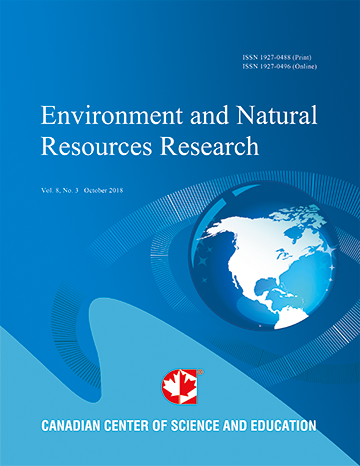Conceptual Framework for Collaboratively Managing Coupled Human and Natural Systems under Climate Change Uncertainty
- Tony Prato
Abstract
A collaborative decision making (CDM) framework is developed for managing coupled human and natural systems (CHANS) over time when managers are uncertain about one or more drivers of system behavior. The framework incorporates six elements: (1) framing the problem; (2) selecting management objectives; (3) choosing scenarios for future changes in one or more drivers of system behavior; (4) formulating alternative management actions; (5) estimating the values of management objectives and determining their compliance with maximum or minimum acceptable levels; and (6) determining preferred management actions for each driver scenario and time period. Application of the framework is illustrated for a hypothetical case study that determines preferred management actions over time for a highway corridor through a hypothetical national park based on four management objectives: minimizing soil erosion and vegetative losses along hiking trails in the highway corridor; and minimizing traffic congestion on the highway and visitor congestion on hiking trails in the highway corridor. Uncertainty about future visitor use of the highway corridor is taken into account by specifying low, medium, and high visitor use scenarios for the corridor. Preferred management actions for each visitor use scenario within time periods are determined using the fuzzy Technique for Order Preference by Similarity of Ideal Solution to rank management actions for each visitor use scenario. The preferred management action across visitor use scenarios for each time period is determined by applying the minimax regret criterion to maximum loss indices for the preferred management actions for visitor use scenarios.
- Full Text:
 PDF
PDF
- DOI:10.5539/enrr.v6n1p13
Journal Metrics
Google-based Impact Factor (2016): 6.22
h-index (November 2017): 12
i10-index (November 2017): 19
h5-index (November 2017): 11
h5-median (November 2017): 12
Index
Contact
- Emily LinEditorial Assistant
- enrr@ccsenet.org
